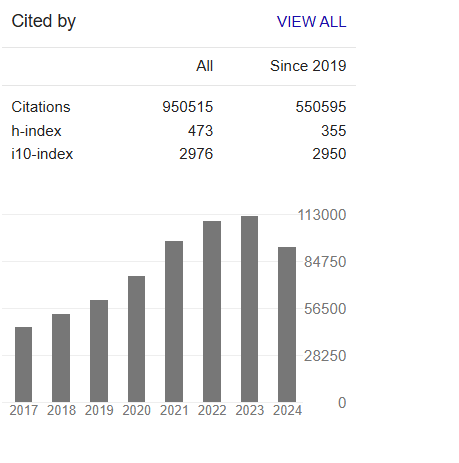The Microwave Assisted Reclamation of the Phenolic Cured Butyl Rubber
Abstract
Hosein Amoli Vatan Dust and Saeed Ostad Movahed
The cured rubber made bladder is used for curing the green tire because, it is thermally stable and has low gas perme- ability. The bladder is made with the cured butyl rubber as a base rubber under a phenolic curing system. To save the resources and also the environmental protection, it should be de-crosslink to gum rubber. Several waste bladder rubber compounds prepared with different de-crosslinking agents in formulation. Subsequently, the prepared compounds irradiat- ed in a microwave oven. The de-crosslinking parameters including the sol fraction and de-crosslinking % measured using traditional rubber swollen tests. It revealed that the Fourier transform infrared spectroscopy (FTIR) graphs were suitable evidences to prove the existence of the phenolic resin in the structure of the used waste bladder butyl rubber powder. Efficient de-crosslinking observed for all studied de-crosslinking agents. It was evidenced by the SEM micrographs and also, the measured crosslink densities of the reclaimed rubbers. The highest and the lowest de-crosslinking %’s belonged to the compounds with DPDS and DCBS in formulation, respectively. Based on the obtained de-crosslinking parameters, the DPDS selected as a suitable de-crosslinking agent for the used waste bladder butyl rubber. In accordance with Horikx analysis, the microwave irradiation broke down the crosslinks and rubber main chains simultaneously. The increasing in microwave irradiation temperature had positive effect on the de-crosslinking process but it had equal effect on crosslink and main chain scission.



